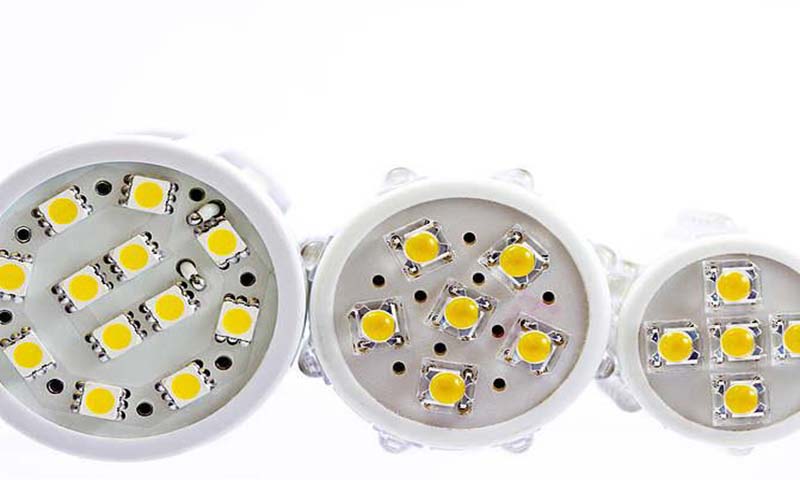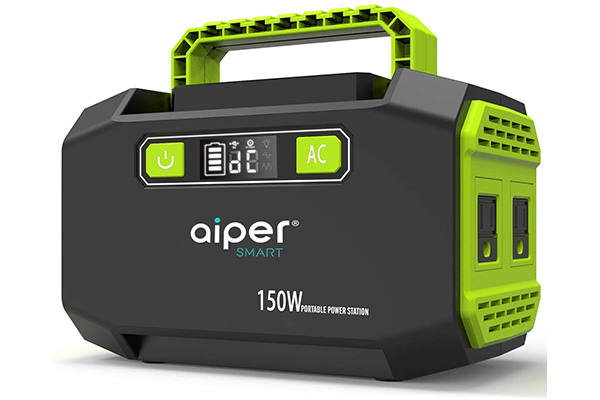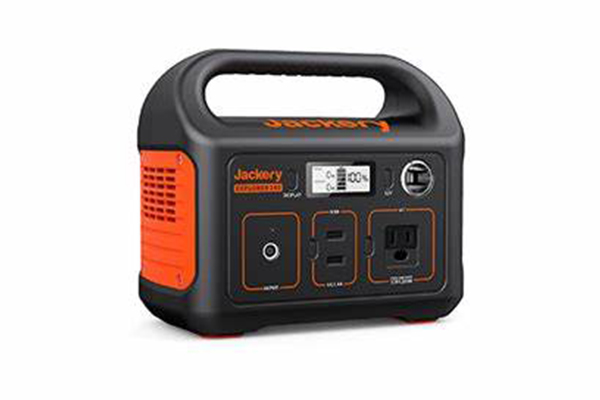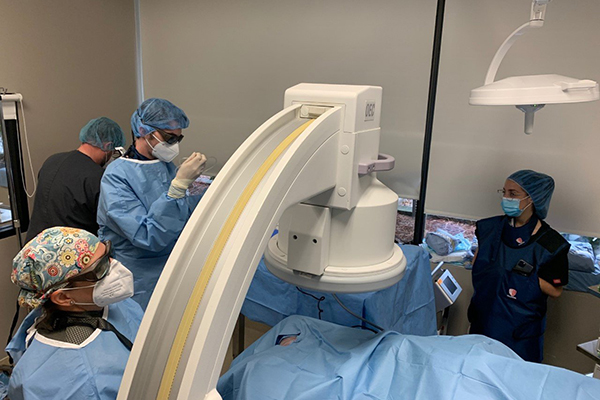When it comes to lighting our homes and businesses, we have a wide range of options to choose from. Two of the most popular types of lighting are fluorescent and LED, but it can be difficult to decide which one is best for your needs. In this post, we’ll take a comprehensive look at fluorescent and LED lighting, comparing their energy efficiency, lifespan, cost, and environmental impact.
Fluorescent Lighting
Fluorescent lighting, also known as fluorescent tube lighting, has been around for over a century and is a common sight in many homes, offices, and other buildings. It works by using electricity to excite mercury vapor, which then emits ultraviolet (UV) light. This UV light is then converted into visible light by a phosphor coating on the inside of the fluorescent tube.
There are a few advantages to using fluorescent lighting:
- Energy efficiency: Fluorescent lighting is generally more energy efficient than traditional incandescent bulbs, as it uses less electricity to produce the same amount of light. This can help to reduce your energy bills and your carbon footprint.
- Long lifespan: Fluorescent lighting has a longer lifespan than incandescent bulbs, typically lasting for around 8,000 to 15,000 hours. This means that you won’t need to replace your fluorescent bulbs as often, which can save you money and hassle in the long run.
However, there are also a few disadvantages to consider:
- Mercury content: Fluorescent bulbs contain small amounts of mercury, which is a toxic element. This means that special care needs to be taken when disposing of fluorescent bulbs, as they cannot be placed in regular household trash.
- Flickering: Some people may find that fluorescent lighting flickers, which can be annoying or even cause headaches. This is due to the way that fluorescent lighting works, as the current passing through the tube can fluctuate.
LED Lighting
LED lighting, or light-emitting diode lighting, is a newer technology that has become increasingly popular in recent years. LED lights work by using a semiconductor to convert electricity into light, and they are known for their energy efficiency and long lifespan.
There are several advantages to using LED lighting:
- Energy efficiency: LED lighting is highly energy efficient, using up to 80% less energy than incandescent bulbs and around 50% less energy than fluorescent bulbs. This can help to significantly reduce your energy bills and your carbon footprint.
- Long lifespan: LED lights have a longer lifespan than both incandescent and fluorescent bulbs, typically lasting for around 25,000 to 50,000 hours. This means that you won’t need to replace your LED bulbs as often, which can save you money and hassle in the long run.
- Low heat output: LED lights produce very little heat, which can be beneficial in certain situations (e.g. in a hot climate, or in a room with sensitive equipment).
However, there are also a few disadvantages to consider:
- Upfront cost: LED lights tend to be more expensive to purchase than other types of bulbs, although they can save you money in the long run due to their energy efficiency and long lifespan.
- Limited dimming options: Some LED lights may not be compatible with all types of dimmer switches, so you may need to purchase special dimmable LED bulbs or a compatible dimmer switch.
Comparison of Fluorescent and LED Lighting
So, how do fluorescent and LED lighting compare in terms of energy efficiency, lifespan, and cost?
- Energy efficiency: As mentioned earlier, both fluorescent and LED lighting are more energy efficient than traditional incandescent bulbs. However, LED lighting is generally more energy efficient than fluorescent lighting, using around 50% less energy.
- Lifespan: In terms of lifespan, LED lighting has a clear advantage over both fluorescent and incandescent bulbs, lasting for 25,000 to 50,000 hours compared to 8,000 to 15,000 hours for fluorescent bulbs and 1,000 to 2,000 hours for incandescent bulbs.
- Cost: When it comes to cost, fluorescent lighting tends to be less expensive upfront than LED lighting. However, LED lighting can save you money in the long run due to its energy efficiency and long lifespan, as you won’t need to replace the bulbs as often.
It’s important to note that these are general comparisons and that the actual energy efficiency, lifespan, and cost of a particular fluorescent or LED bulb will depend on various factors such as the quality of the bulb, the type of fixture it is used in, and the conditions in which it is used.
Environmental Impact
In addition to energy efficiency, lifespan, and cost, it’s also worth considering the environmental impact of different types of lighting. Fluorescent lighting has the disadvantage of containing mercury, which is a toxic element that can be harmful to both humans and the environment if it is not properly disposed of. LED lighting, on the other hand, does not contain mercury and is generally considered to be more environmentally friendly.
Conclusion
In summary, both fluorescent and LED lighting have their own set of advantages and disadvantages. Fluorescent lighting is generally more energy efficient than incandescent bulbs and has a longer lifespan, but it contains mercury and may flicker. LED lighting is highly energy efficient, has a long lifespan, and produces little heat, but it can be more expensive upfront and may have limited dimming options.
When deciding which type of lighting to use, it’s important to consider your budget, the specific needs of your space, and any environmental concerns you may have. If energy efficiency and a long lifespan are your top priorities, LED lighting may be the best choice for you. However, if upfront cost is a major concern, fluorescent lighting may be a more affordable option.
I hope this post has been helpful in providing a comprehensive comparison of fluorescent and LED lighting. If you have any questions or would like more information on this topic, don’t hesitate to ask!





